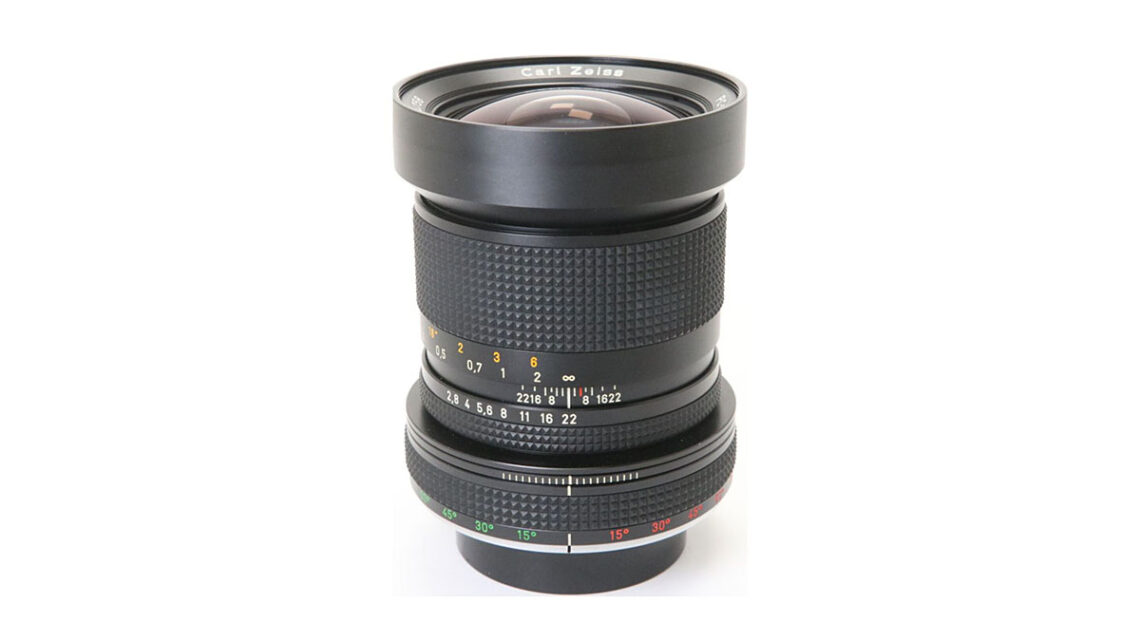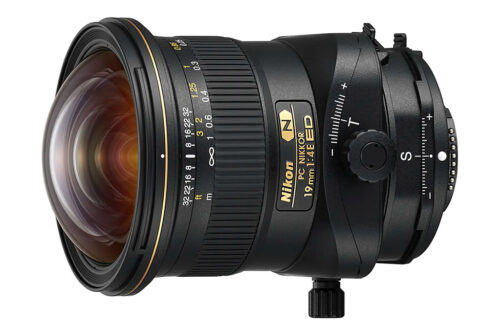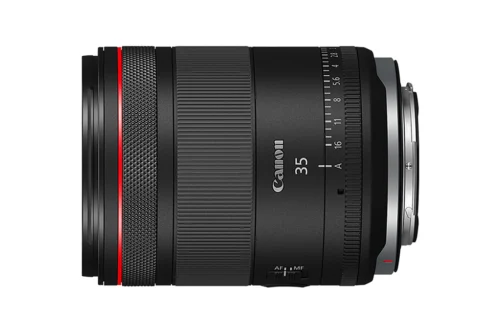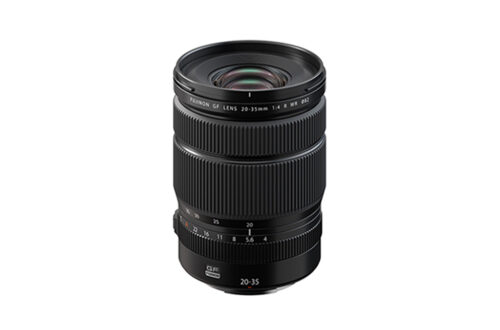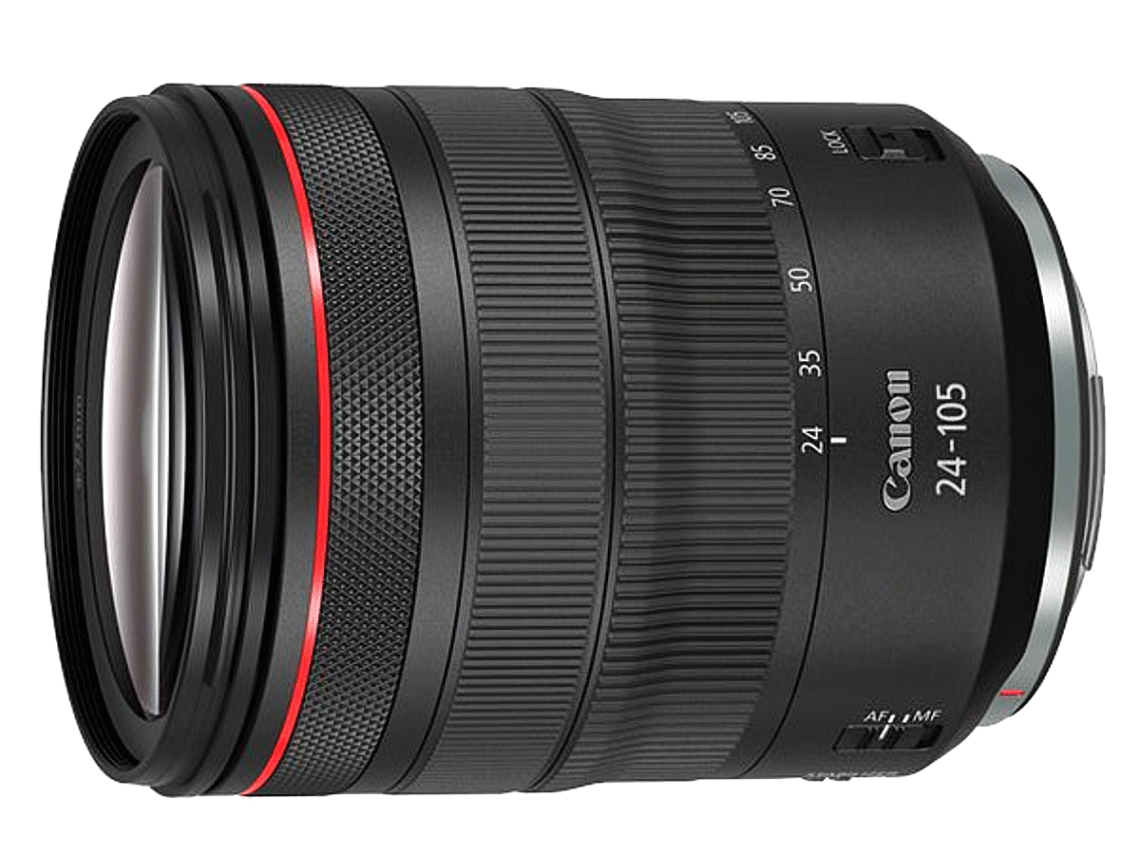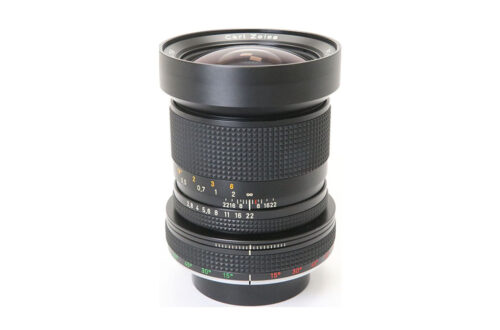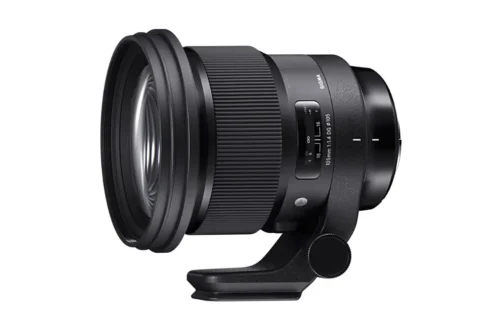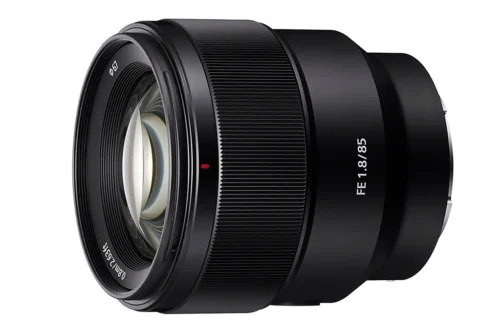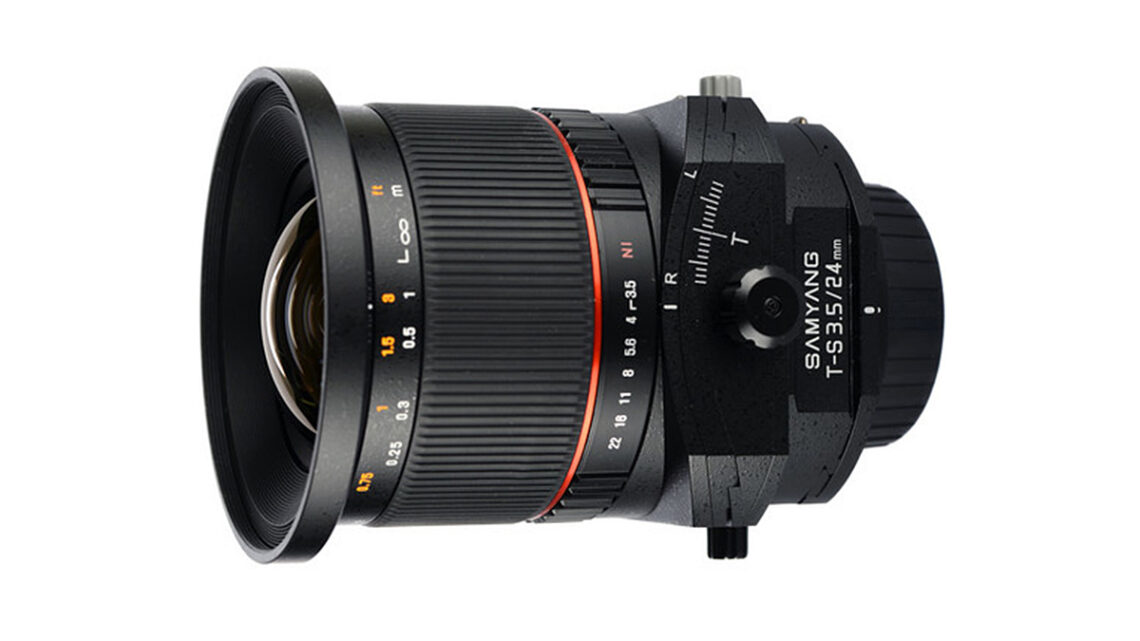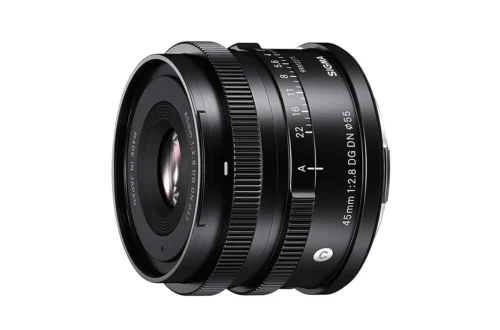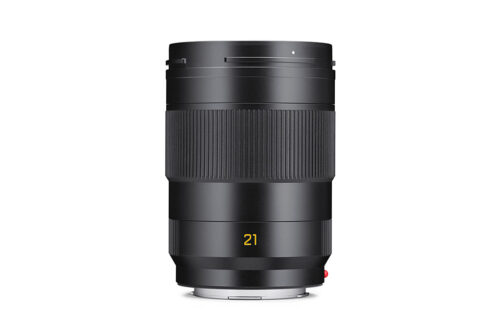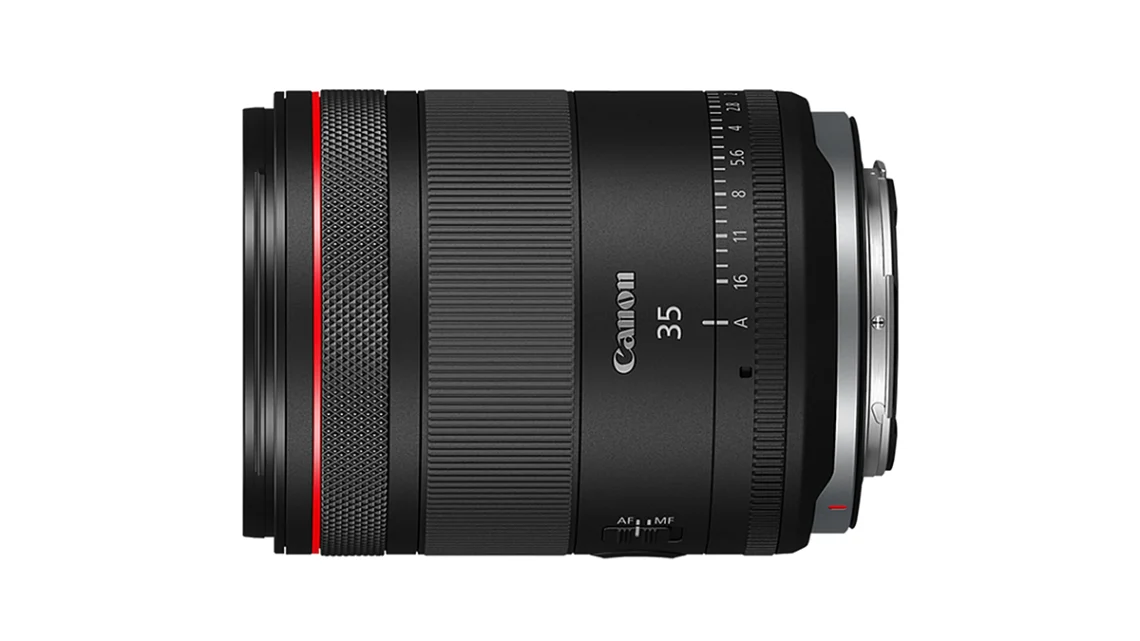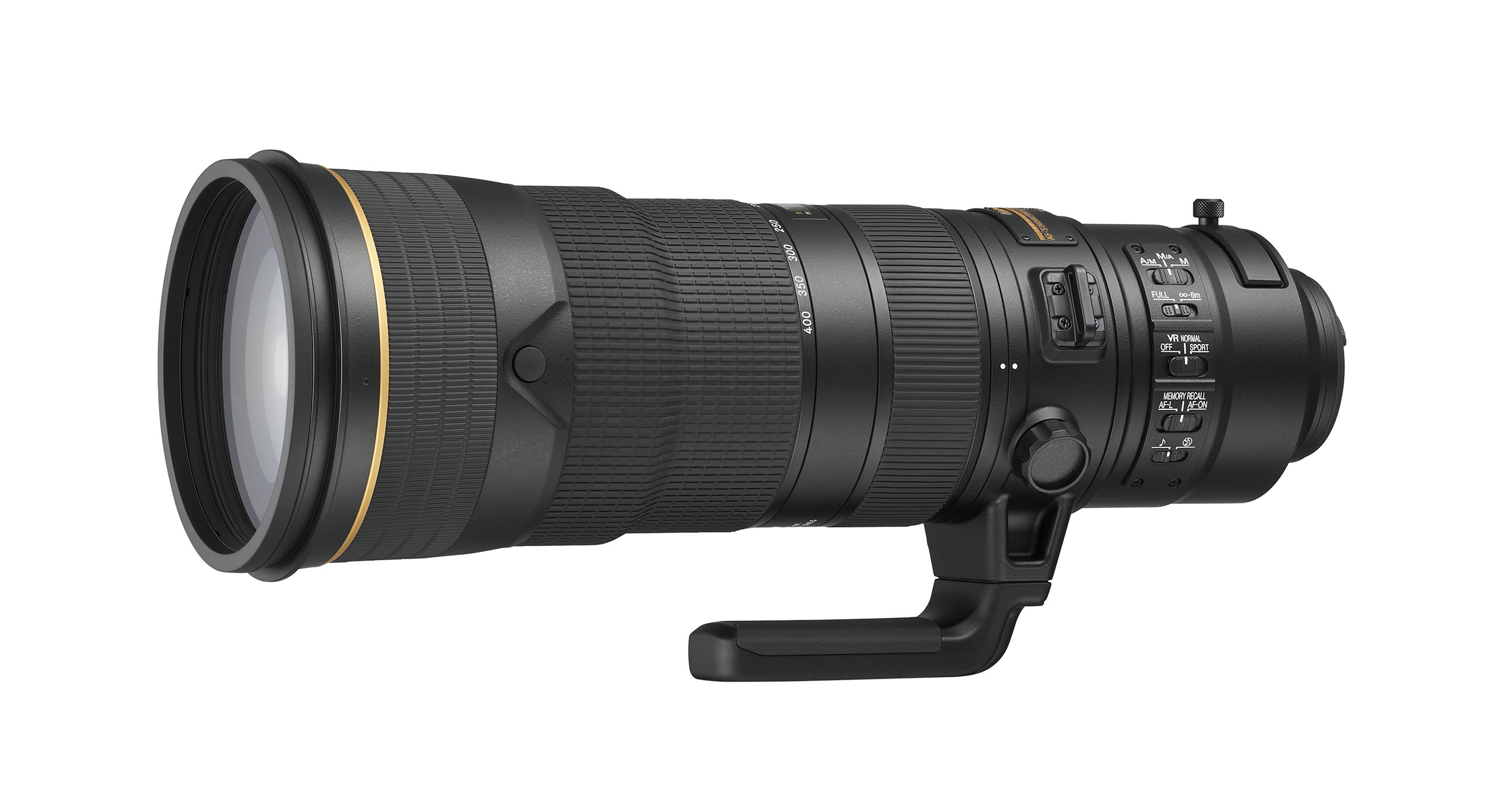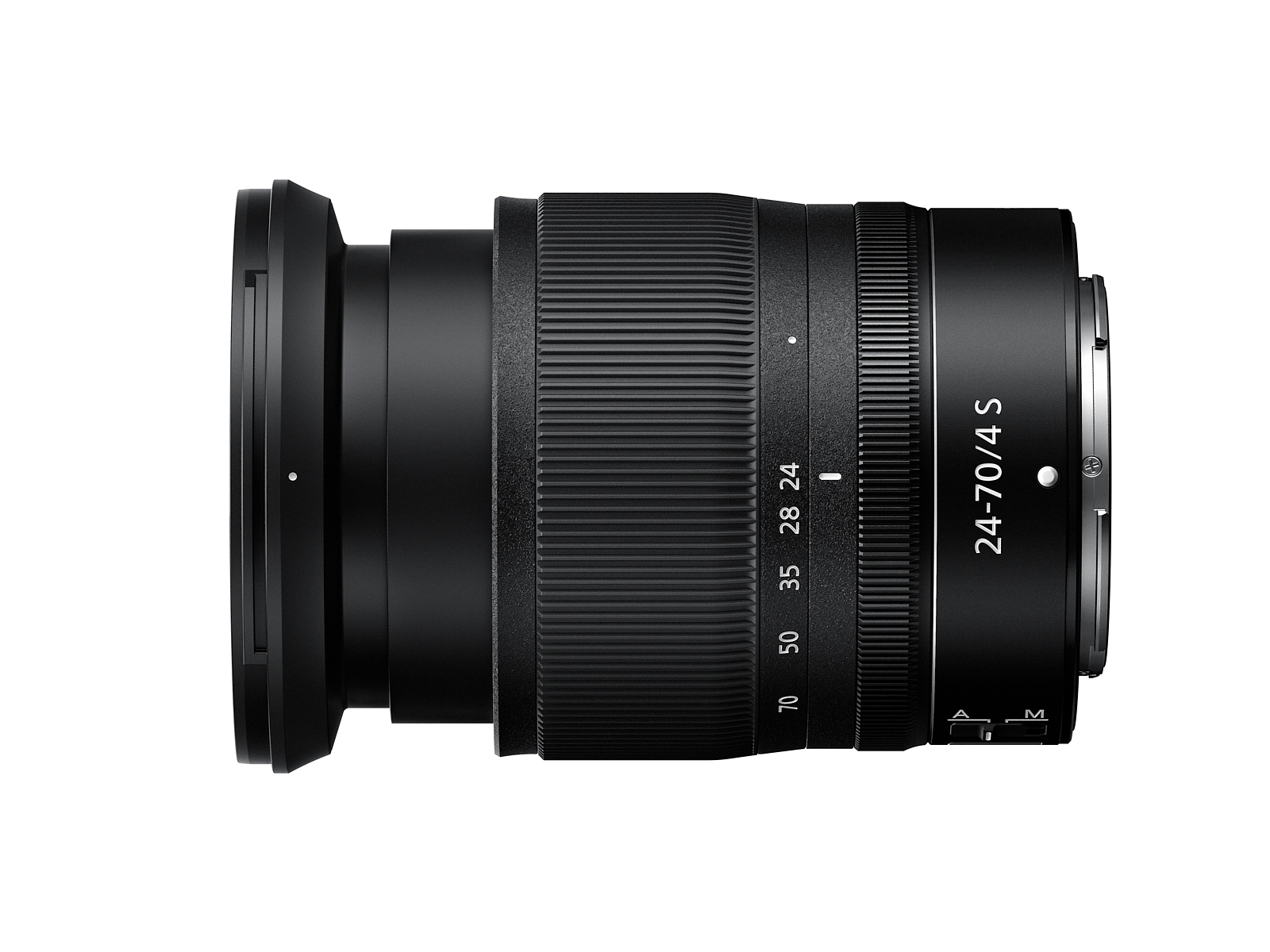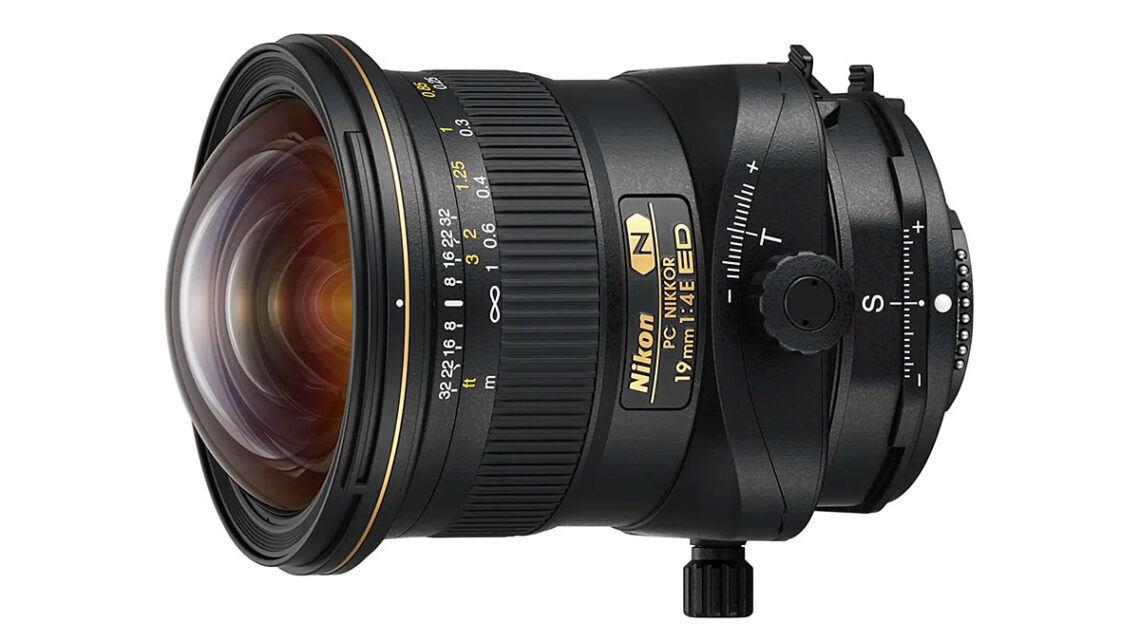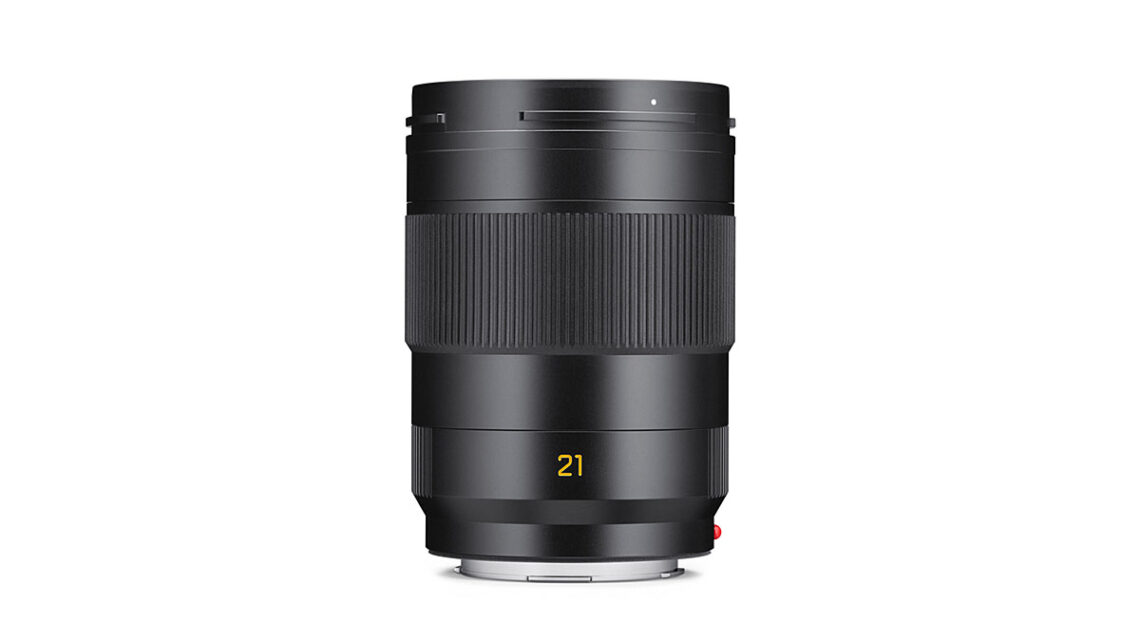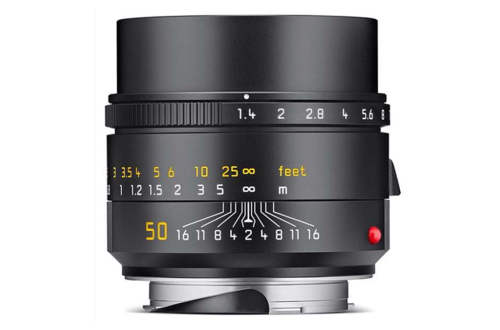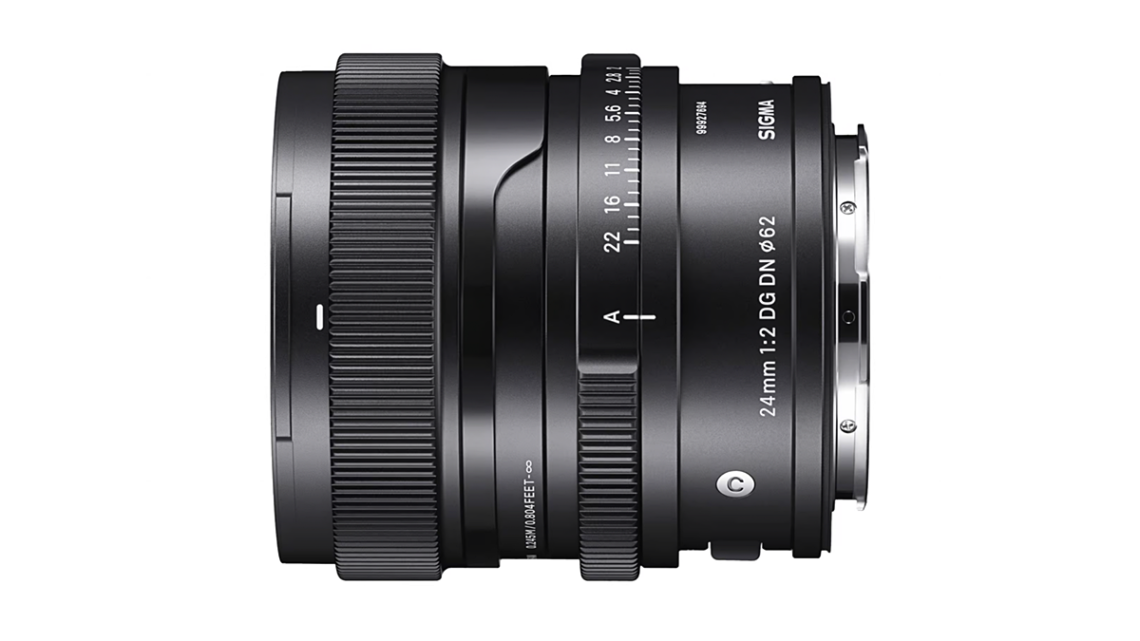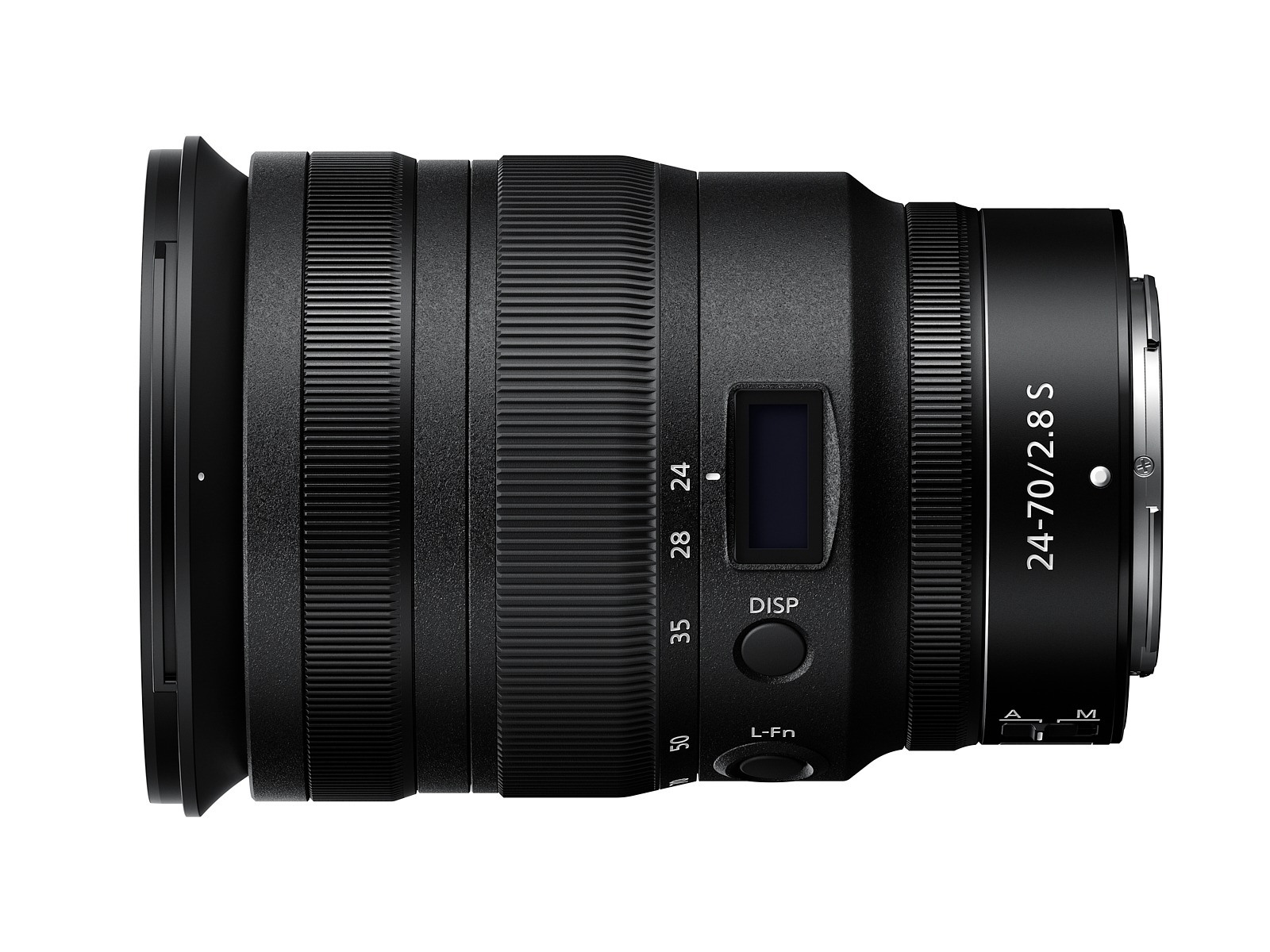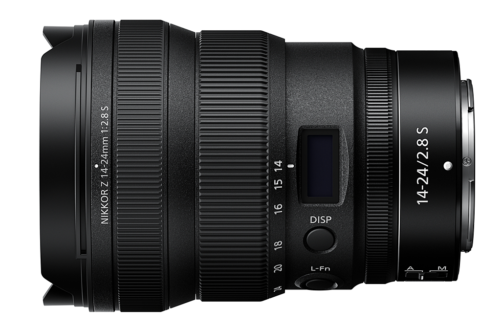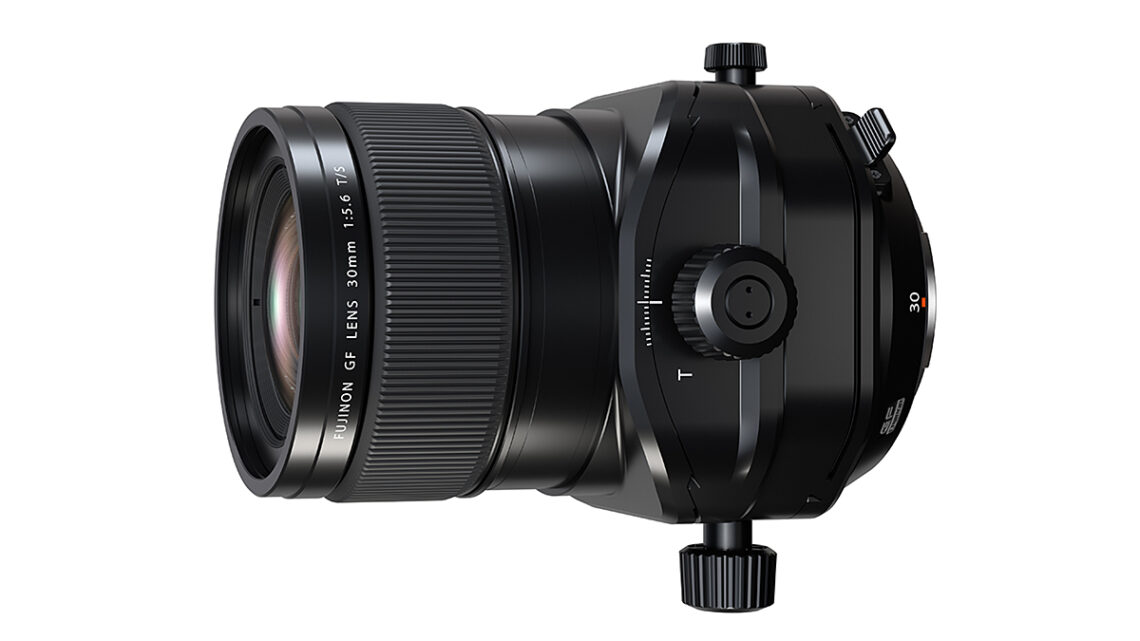Lens Reviews
-
Contax Zeiss PC-Distagon 2.8/35 T* Tech Specs
Technical Data Manufacturer Zeiss (for Contax) Model Contax Zeiss PC-Distagon 2.8/35 T*. Web zeiss.de Elements/construction 9 elements in 9 groups Angle of view (d/h/v) 63/83° (diagonal) Max aperture F2.8 (five blades) Min aperture F22 Min focus distance 0.3 m / 8.3″ Mount C/Y mount Filter size Clamp-on Contax 70/86mm ring Length 85.6 mm / 3.4 in Diameter 70 mm / 2.8 in Weight 740 g / 1.6 lb Price £2,100 inc VAT / $2,499 RRP when new, over £4,000, nearly $5,000 today (2025) Check price & availability, used only now [affiliate links]: eBay | KEH | MPB (Zeiss)
-
Canon RF 24-105mm F4L IS USM lens review
What is it? Bearing the prestigious L-series designation, the Canon RF 24-105mm F4L IS USM is a versatile 4x zoom with a decent wide and telephoto coverage and a 0.45m minimum focus distance. It’s also the first in the RF mount to feature a new, compact “thin” Nano USM actuator providing quiet yet fast AF. According to Canon, it is also “particularly well-suited to stop-and-start operation that’s quite common in video shooting. It also helps ensure much smoother AF during video acquisition.” As such, it’s the kind of zoom lens that appeals to photographers and those who also need some video capabilities, for example, when recording interviews. This would be…
-
From the past: Samyang/Rokinon T-S 24mm F3.5 review
An edited version of my review first appeared in the British Journal of Photography* magazine well over a decade ago. With their range of movements, tilt and shift lenses offered in various focal lengths for 35mm full-frame DSLRs have become indispensable for architecture, interiors, still-life, food and product photography. Before Canon redesigned their film-era 24mm version with an improved optical design and, uniquely, adding a user-selectable option of aligning the tilt function with the shift movement, these lenses were quite reasonably priced. A little over four years ago, Canon offered three focal lengths (24, 45 and 90mm). At just £899 inc VAT, the low price suggested that these were marketed…
-
Canon RF 35mm F1.4 L VCM lens review
Key features Highly versatile 35mm focal length Stills/video hybrid VCM for smooth focusing Nano USM for floating element control Floating element design to reduce aberrations at close range Breathing correction SSC and ASC coatings reduce lens flare, and ghosting Aperture/iris collar for video 11 aperture blades Custom function button What is it? The Canon RF 35mm F1.4L VCM is a high-speed, stills and video-oriented semi-wide-angle lens designed for the EOS R range of mirrorless cameras. It’s the successor to the much-vaunted EF 35mm F1.4L USM II, only it’s not quite what we were expecting. Like the Canon RF 24-105mm F2.8L, this lens is a hybrid model that appeals to both…
-
Nikon PC Nikkor 19mm F4E ED tilt shift lens review
Key features +/- 12mm shift and +/- 7.5° tilt movements can be applied in parallel (same axis) or perpendicular 90° rotation left and right in 30° increments, tilt 90° left only with a 45° stop Shift movement operates without having to lock it Three extra-low dispersion elements reduce chromatic aberrations Two aspherical elements minimise coma, distortion and enhance sharpness Nano Crystal and Super Integrated Coatings reduce reflections, lens flare, and ghosting Fluorine coatings protect front and rear elements from water drying marks, fingerprints Electromagnetic aperture mechanism ensures stable and accurate exposure control What is it? The Nikon PC Nikkor 19mm F4E ED is a F-mount retrofocus lens designed specifically to…
-
Contax Zeiss PC-Distagon 2.8/35 T* lens review
Key features Highly versatile 35mm focal length +/- 10mm shift (no tilt) 90° rotation left and right in 15° increments Shift movement operates without locking Floating element design to reduce aberrations at close range T* coatings reduce reflections, lens flare, and ghosting Made by Zeiss in Germany (Oberkochen) Stopped-down operation only The Contax Zeiss PC-Distagon 2.8/35 T* is a shift lens manufactured by Zeiss for Contax C/Y mount SLR cameras, designed in the late 1970s or early 1980s. At that time, the 35mm focal length was a popular choice for shift lenses. Canon stood out for its tilt/shift model, but Minolta, Nikon, and Olympus all had 35mm shift lenses in…
-
Leica Super-APO-Summicron-SL 21 mm F2 ASPH lens review
The Leica Super-APO-Summicron-SL 21 mm F2 ASPH is a high-speed wide-angle for Leica SL cameras. It was announced in October 2023. This lens has the Super-Apo moniker and has a complex design of 14 elements in total, arranged in 11 groups. Leica doesn’t say how many AD (anomalous partial dispersion) elements there are but claims that ‘most’ of the 14 elements are made from ‘special custom glass.’ That may include the three elements with aspherical surfaces, but it’s unclear. Like others in the SL range, the lens also adopts a ‘digital element,’ or what’s better known as a built-in profile, to correct vignetting, distortion and chromatic aberration. While it’s perhaps…
-
Sigma 24mm F2 DG DN C lens review
Sigma is well known for its Art series lenses, but the maker’s full-frame ‘Contemporary’ or C series lenses deserve equal recognition for offering great image quality in a smaller, lighter package. Take the Sigma 24mm F2 DG DN C lens reviewed here, for example. With a metal outer barrel and milled metal aperture and focus rings, it’s a very nicely made lens indeed. What’s more, weighing just 365g and measuring 72mm in length, the L-mount version I was sent pairs incredibly well with the tiny Sigma fp sent for testing. Inside, the lens has 13 elements arranged in 11 groups, with one fancy, fluorite-like FLD element, two SLD (Super-Low Dispersion)…
-
Fujifilm Fujinon GF50mm F3.5 R LM WR lens review
What is it? The Fujifilm Fujinon GF50mm is a highly compact and relatively lightweight lens for Fujifilm medium format mirrorless cameras. It’s the equivalent of a 40mm on a full-frame 35mm camera, and at one time, back in the 70s, this focal length was hugely popular. Much of that had to do with price, as they competed with medium-speed (F1.8/2) 50mms – the kit lenses of the day – and were often sold as a more affordable alternative. These smaller and lighter 3-group, 4-element Tessar “pancake” designs were and still are highly compelling. Indeed, today the Olympus Zuiko 40mm F2 is around £600, secondhand, and the Contax Zeiss T* 45mm…
-
Fujifilm Fujinon GF30mm F5.6 T/S review
What is it? The Fujifilm Fujinon GF30mm F5.6 T/S is a highly anticipated lens in the GFX system. Why? Because it’s the first serious challenger to the Canon TS-E lenses (and the Nikon PC Nikkors), which are routinely adapted to fit on the larger-sensor GFX cameras. As a 30mm lens designed to cover the 44x33mm MF sensor, it is the equivalent of a 24mm in full-frame 35mm terms and is, without doubt, the most popular focal length for architecture and interiors. The manual-focus lens will also appeal to landscape photographers. (Arguably, a 35mm tilt/shift might be as popular or even more so (the Nikon and Zeiss 35mm shift-only models are…
